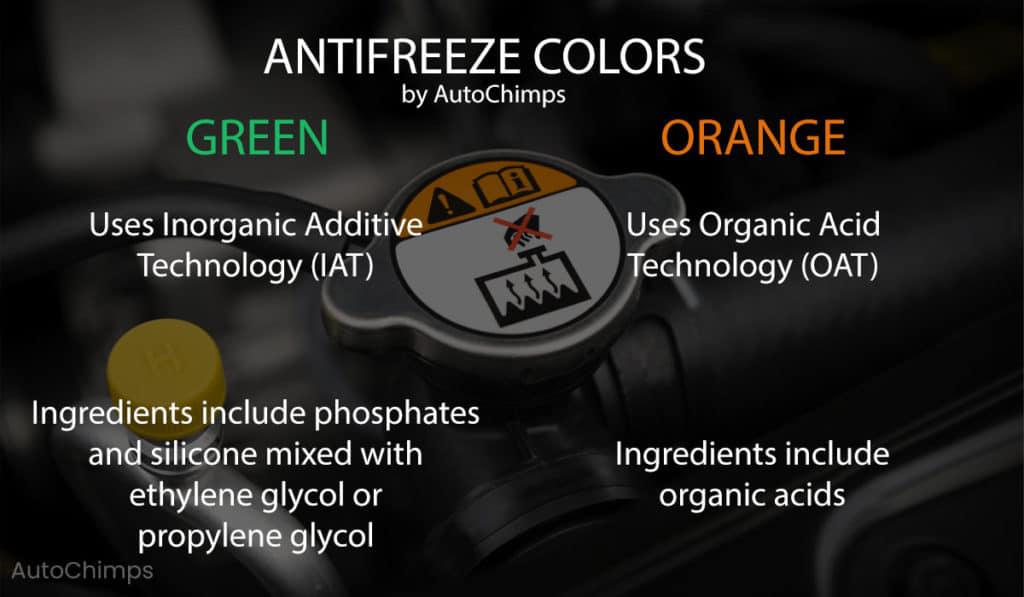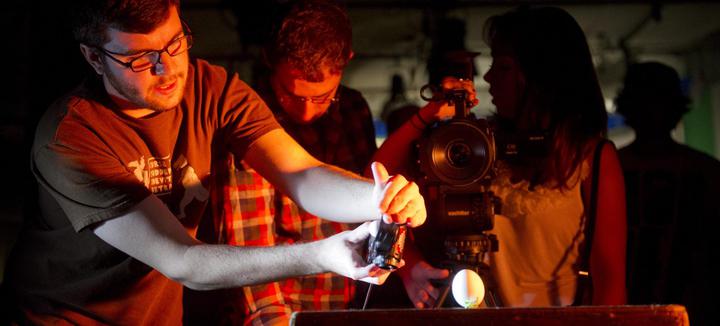Universal Industrial Gases, Inc: Composition of Air ...
The Pre-Industrial Rise of Atmospheric Carbon Dioxide:
At the end of the last glacial period, when air and sea water temperatures were well below current levels, the concentration of carbon dioxide in the air was approximately 180 to 200 ppmv.
As the world warmed, the concentration of CO2 in the atmosphere rose. In the early to mid-1800s, prior to the end of the "Little Ice Age", the concentration of CO2 in the air was about 280 ppmv.This value has been referred to by many analysts as the "pre-industrial" CO2 level in the atmosphere.
Much of the rise from the post-glacial level of CO2 in the atmosphere, to the mid-1800s level, has been linked to warming of the oceans.
Carbon Dioxide in the Oceans:
The US National Oceanic and Atmospheric Administration estimates the oceans contain about 50 times more CO2 than the atmosphere and 10 times more than plant and soil carbon stores.
The amount of CO2 that the oceans can hold is temperature dependent, with much of it held in deep cold waters. Circulation patterns transport CO2 up and down in the ocean, and there is constant interchange of carbon dioxide between the oceans and the atmosphere.

???what is our engine coolant???: what is our coolant?? can i add water to it? can i use universal? http://bit.ly/mL20dv
— DodgeForum Sun May 01 20:40:17 +0000 2011
Average temperatures in the ocean change much more slowly than average air temperatures.As the average and surface temperatures of the world's oceans have increased, a portion of the stored CO2 has been released to the atmosphere.
The Situation Today:
The rise in atmospheric CO2 concentration which occurred between the early-1800s to the mid-1900s was gradual. In 1960, the average concentration of CO2 in the atmosphere was about 315 ppmv.
Since the mid-1900s, the concentration of CO2 in the atmosphere has increased significantly, and the rate of rise has been accelerating.Currently, the average measurement is about 404 ppmv, and the annual average value is rising at about 2.5 ppmv / year.
Since the acceleration of population growth and industrialization throughout the world in the past 60 years or so coincides with an increase of more than 25% in the concentration of carbon dioxide in the atmosphere during that same period, it is reasonable to assume that many human activities, including the use of carbon-containing fuels for heating, industry and transportation, and wide-spread de-forestation, have been and are contributing to the rapid rise in atmospheric carbon dioxide concentration.
What can be done, what should be done, and the best way to do what seems prudent to do about the rising level of carbon dioxide in the atmosphere, remain subjects of intense global research and debate.
-
Latest
 What's the Difference Between Antifreeze and Coolant?
What's the Difference Between Antifreeze and Coolant?If you own a car or a truck, even if you do not do much of your own vehicle maintenance, you have probably at least heard of antifreeze and coolant. It sounds as if they serve very similar purposes in...
-
Next
 Bachelor of Film and Television | Bond University
Bachelor of Film and Television | Bond UniversityWe like to believe that every Indigenous student who comes to Bond lights the fire of ambition for someone else. It may be a sibling, a cousin, a school friend or a neighbour who watches them achieve...
